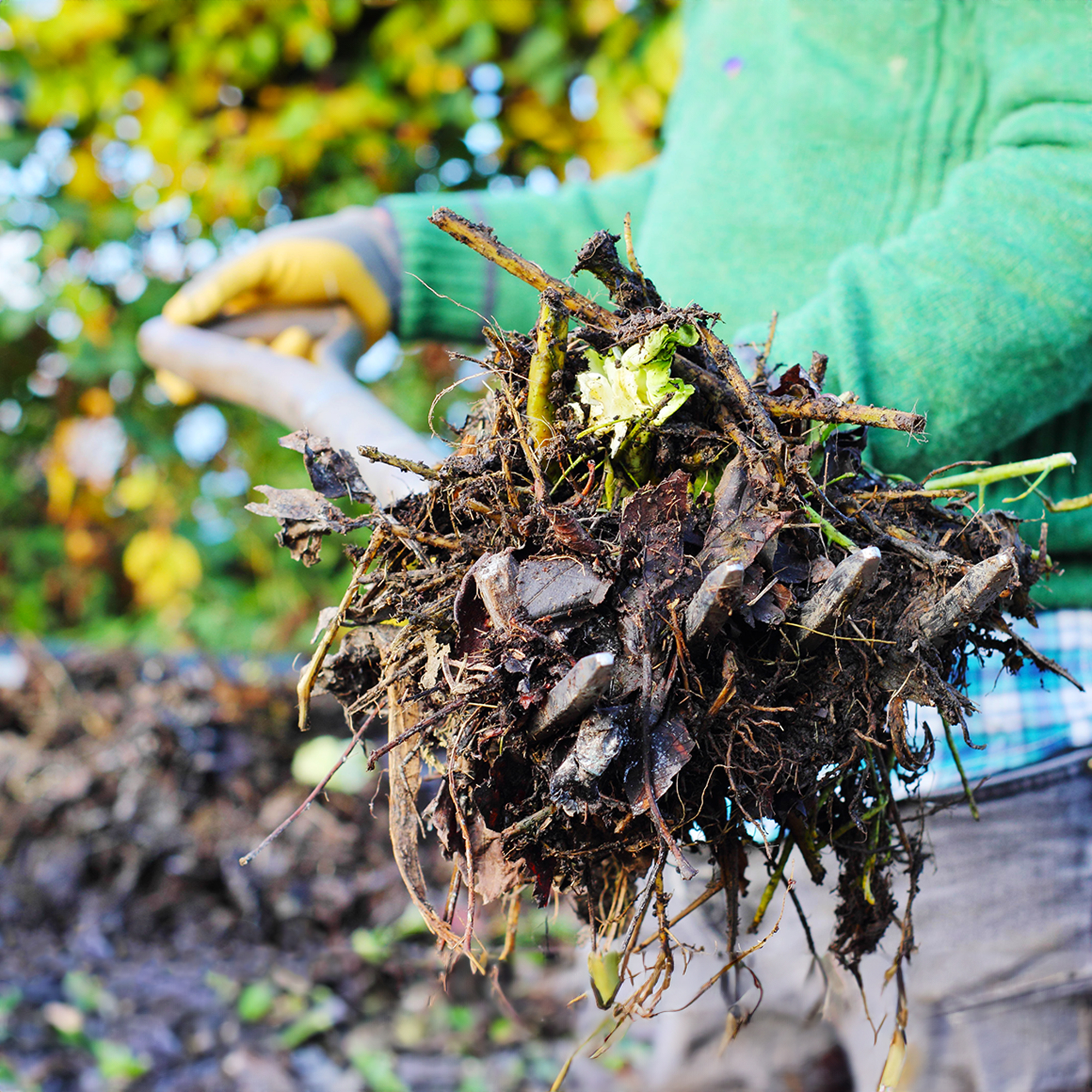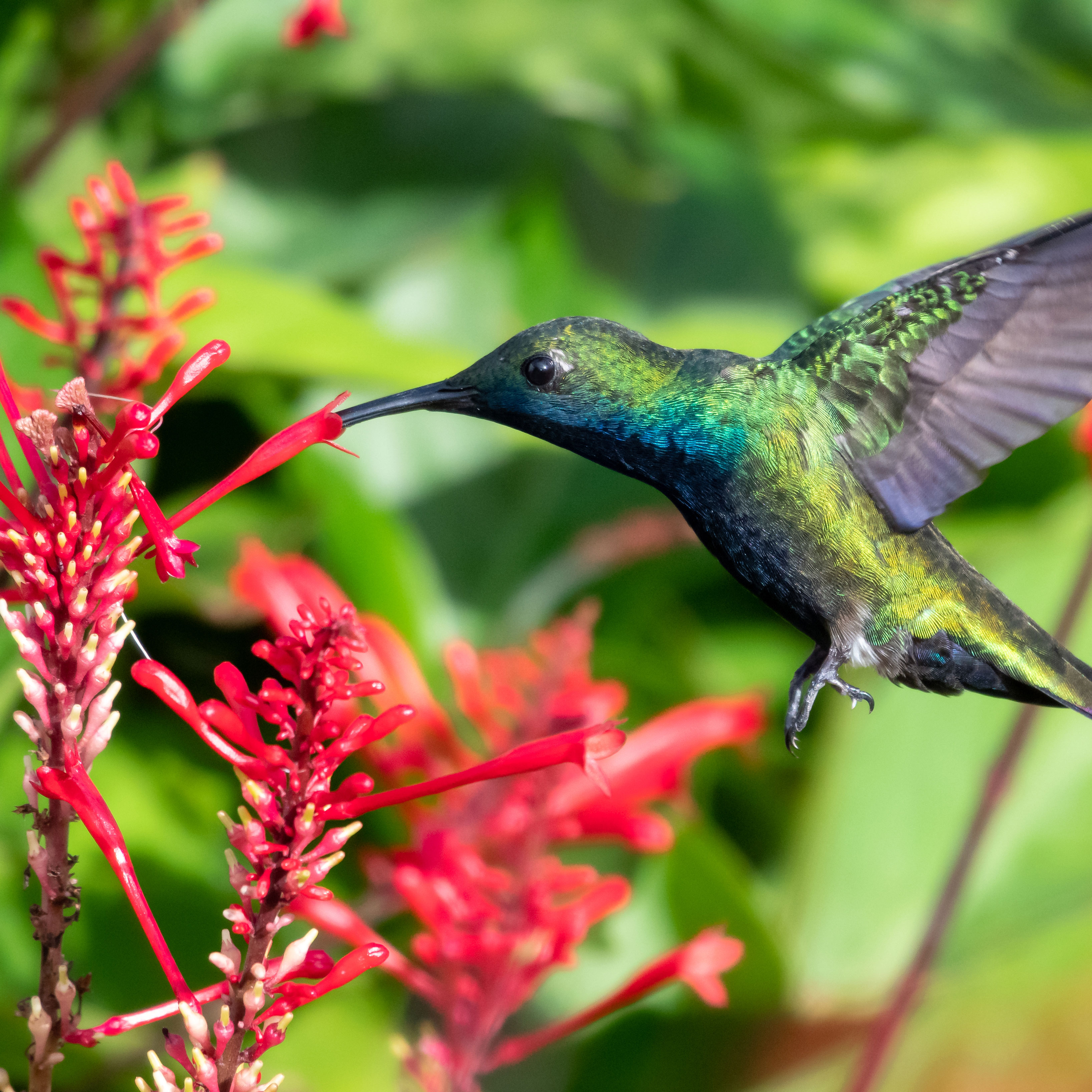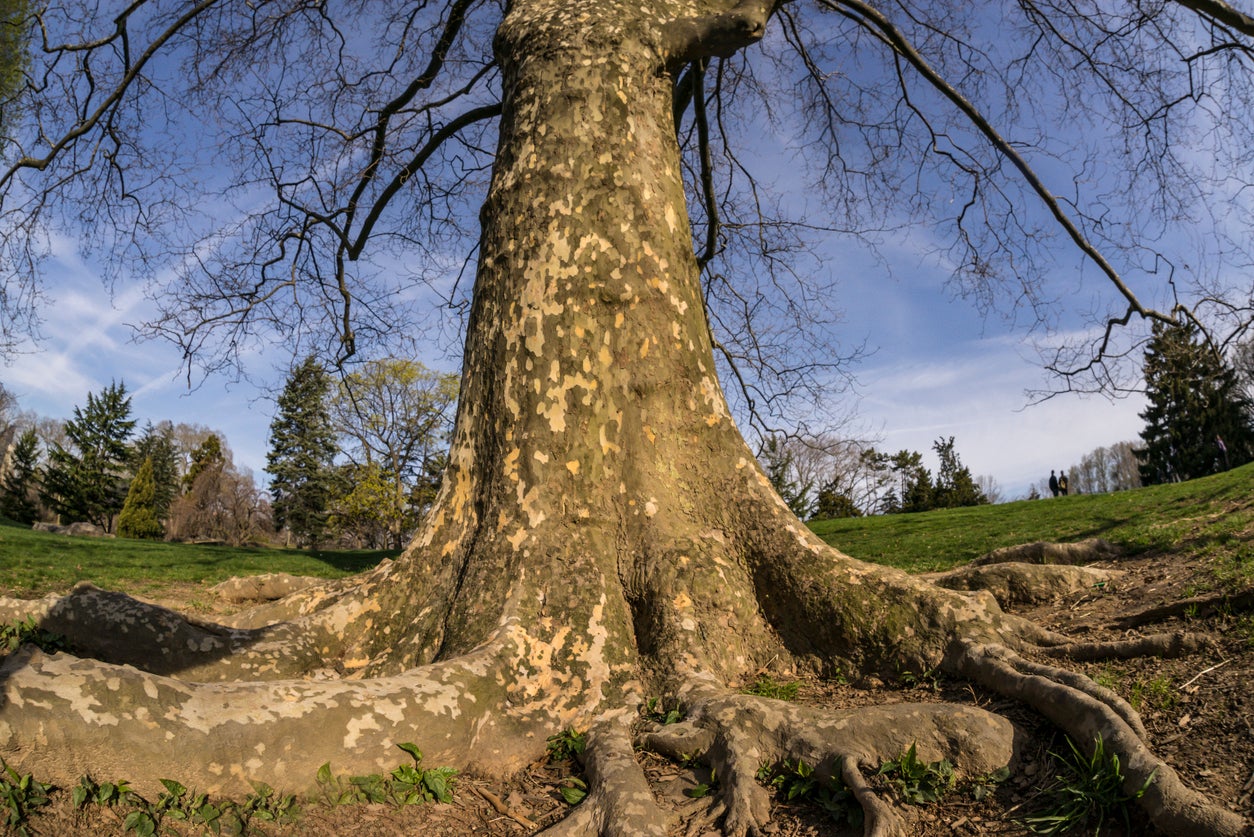Plane Tree Seed Saving: When To Collect Plane Tree Seeds


The London plane tree, the plane tree, or just the sycamore, are all names for the large, elegant shade and landscape trees most well-known for scaly, multi-colored bark. There are several species of plane tree, but they are all tall and attractive and desirable to have in yards. Harvesting plane tree seeds isn’t difficult, and with good care you can grow them into healthy trees.
About Plane Tree Seeds
The seeds of the plane tree can be found in the fruiting balls that develop from female flowers. They are also known as the fruit or the seed pods of the tree. The balls typically mature mid-fall and break open to release seeds in early winter. The seeds are small and covered in stiff hairs. There are many seeds in each fruiting ball.
When to Collect Plane Tree Seeds
The best time for plane tree seed collection is in late fall, around November, just before the seed pods start breaking up to disperse seeds. This requires picking the fruiting balls directly from the tree, which may be problematic if the branches are too high. Alternatively, you can collect seed pods from the ground if you can find some that are still intact. Collecting is easy if you can reach the seed pods; simply pull the ripe, fruiting balls from the branch, or use clippers if necessary. For the best results in plane tree seed saving, let your seed pods dry in a well-ventilated setting before opening them to get at the seeds. Once they’re dry, crush the balls to get them open and sort through the pieces to collect the small seeds.
Germinating and Planting Plane Tree Seeds
To trigger germination in your plane tree seeds, soak them in water for about 24-48 hours and then sow them in cold frames or indoor seed trays. Keep the soil moist, using a plastic cover for humidity, if necessary, and provide indirect light. In about two weeks, you should have seedlings, but some gardeners and growers report poor germination rates. Use a lot of seeds and thin the seedlings if necessary to have a better chance of getting enough to germinate. Once you have strong, healthy seedlings you can transplant them to pots or to an outdoor spot that can be protected.
Gardening tips, videos, info and more delivered right to your inbox!
Sign up for the Gardening Know How newsletter today and receive a free copy of our e-book "How to Grow Delicious Tomatoes".

Mary Ellen Ellis has been gardening for over 20 years. With degrees in Chemistry and Biology, Mary Ellen's specialties are flowers, native plants, and herbs.
-
 10 Common Composting Problems That Can Spoil Your Garden Gold – Plus Easy Fixes
10 Common Composting Problems That Can Spoil Your Garden Gold – Plus Easy FixesLearn how to troubleshoot common composting issues before they ruin your stash – from bad smells and bugs to materials not breaking down as they should.
By Susan Albert
-
 Terrifically Tubular Flowers For Hummingbirds: 9 Tube-Flowered Plants To Attract Hummers
Terrifically Tubular Flowers For Hummingbirds: 9 Tube-Flowered Plants To Attract HummersGrowing tubular flowers for hummingbirds helps you create the optimum feeding conditions for your winged friends. Here are nine tubed delights for hummers
By Tonya Barnett
-
 Plane Tree Varieties – Learn About Different Kinds Of Plane Tree
Plane Tree Varieties – Learn About Different Kinds Of Plane TreeWhat comes to mind when you think of a plane tree? The purpose of this article is to clear up the differences among the many types of plane tree. Click here to learn more about the different plane tree varieties you might come across.
By Liz Baessler
-
 Plane Tree Winter Care – How To Prevent Plane Tree Winter Damage
Plane Tree Winter Care – How To Prevent Plane Tree Winter DamageFrost cracks on plane trees are the most dangerous signs of cold damage. However, most winter plane tree problems are superficial and the tree will heal itself over time. Learn when to worry and when to wait on plane tree winter damage in this article.
By Bonnie L. Grant
-
 Oriental Plane Tree Info: Learn About Oriental Plane Trees
Oriental Plane Tree Info: Learn About Oriental Plane TreesWhat is an oriental plane tree? It is a deciduous tree species that can be an attractive shade tree in the backyard. If you want to know more about oriental plane trees, click here. You’ll find lots of oriental plane tree info plus tips on growing an oriental plane tree of your own.
By Teo Spengler
-
 Plane Tree Benefits – What Can Plane Trees Be Used For
Plane Tree Benefits – What Can Plane Trees Be Used ForThe big, leafy plane tree graces streets in some of the busiest cities around the world. This versatile tree has adapted to survive pollution, grit and punishing wind, living on to provide welcome beauty and shade for many years. Find more plane tree benefits here.
By Mary H. Dyer
-
 Sowing Seeds Of Plane Trees – Learn How To Plant Plane Tree Seeds
Sowing Seeds Of Plane Trees – Learn How To Plant Plane Tree SeedsPlane trees are tall, elegant, long-lived specimens that have graced urban streets around the world for generations. The trees are easy to propagate by taking cuttings, but if you’re patient, you can try growing plane trees from seed. Click here to learn how to plant plane tree seeds.
By Mary H. Dyer
-
 Plane Tree Water Needs – Tips For Watering A London Plane Tree
Plane Tree Water Needs – Tips For Watering A London Plane TreeLondon plane trees have been popular urban specimens for nearly 400 years, and with good reason. They are remarkably hardy and tolerant of a variety of conditions. But how much water does a plane tree need? Click here to learn about watering a London plane tree.
By Amy Grant
-
 What To Do About Plane Tree Roots – Problems With London Plane Roots
What To Do About Plane Tree Roots – Problems With London Plane RootsLondon plane trees are highly adapted to urban landscapes and as such are common specimens in many of the world’s largest cities. Unfortunately, the love affair with this tree seems to be coming to an end due to problems with plane tree roots. Learn more here.
By Amy Grant
-
 Plane Tree Pollen: Do Plane Trees Cause Allergies
Plane Tree Pollen: Do Plane Trees Cause AllergiesPlane trees are often urban trees, growing in or on the outskirts of cities. Do plane trees cause allergies? Many people say that they have an allergy to London plane trees. For more information on plant tree allergy problems, this article will help.
By Teo Spengler